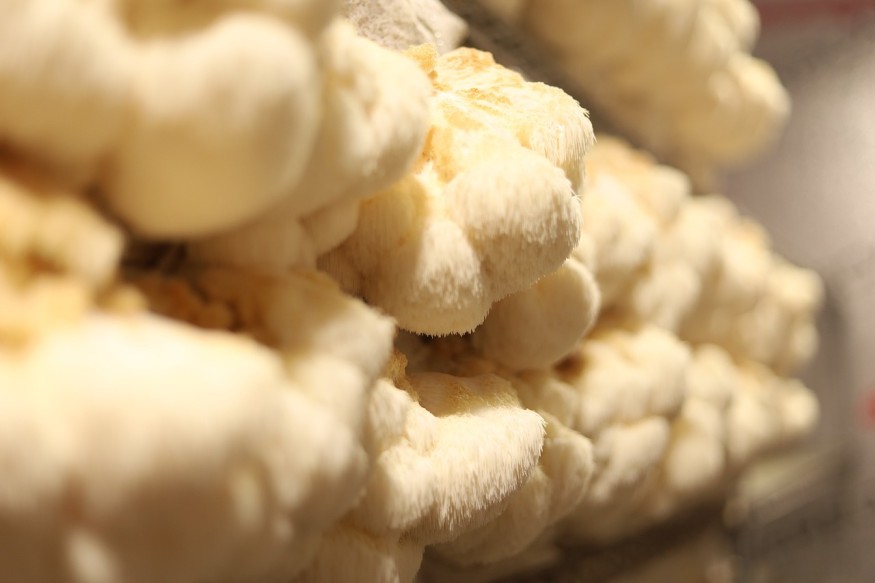On April 11, biotechnologies reported in Advanced Functional Materials under their paper titled "Fungal Engineered Living Materials: The Viability of Pure Mycelium Materials with Self‐Healing Functionalities," that it could become a reality in the future to have a jacket made from fungus.
They have created a self-healing leather from mycelium, the thread-like structures found in mushrooms, which builds on previous versions of the material to enable it to repair itself.

Mycelium Leather: An Emerging Product Alternative to Leather
Elise Elsacker, Martyn Dade-Robertson, and Meng Zhang, all from UK universities, have discovered a method to use mycelium to develop wearable material that can self-heal.
According to Science News, mycelium leather is already a developing product, but it is created in a way that eliminates fungal growth. However, the researchers have speculated that if the production conditions were adjusted, the mycelium could still regrow if damaged. This could encourage other researchers to attempt to enter the mycelium leather industry.
Previous studies have revealed that fungal colonies can produce matted structures through intertwining branching mycelium, while mycelium mats can be treated to create mycelium leather, which resembles cowhide leather. However, such treatments typically destroy chlamydospores, the nodules that permit the material to regenerate under specific circumstances.
Elsacker and her team investigated the potential of producing mycelium leather in a way that did not kill the chlamydospores, allowing the material to self-heal in appropriate conditions. Phys.org reported that the trio cultivated their own batch of mycelium by adding active chlamydospores to a solution of carbohydrates, proteins, and other nutrients.
They allowed the skin to develop on the mixture before removing it and applying a blend of chemicals and temperatures to obtain a leather-like material without killing the chlamydospores. The resulting material was similar in terms of appearance and attributes to other mycelium leathers.
How Mycelium Leather's Self-Healing Ability Works
The team punctured some holes in the material and placed it in the same liquid bath used in its creation. As it dried, the chlamydospores healed the holes completely, producing material as sound as an undamaged control sample. Despite this, the holes were still visible.
This novel production technique presents a new direction for researchers to explore in developing sustainable and eco-friendly materials. The potential of mycelium leather products is vast, but conventional production methods could not regenerate damaged materials.
Scientists anticipate that mycelium leather with self-healing properties might become commercially accessible within the next decade, BBC reports. But there are still unresolved issues, such as governing the chlamydospores, to ensure that the material does not develop upon exposure to rain.
Nonetheless, this new approach enabled the team to retain the ability of mycelium leather to self-heal, which is key to mass-producing the product at an industrial level that can compete with traditional leather goods.
RELATED ARTICLE : Fungi May Be the Future of Sustainable Leather-Like Materials
Check out more news and information on Material Science in Science Times.










